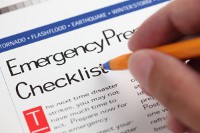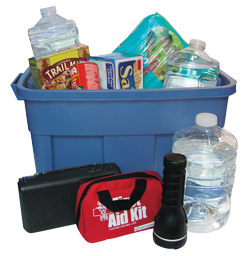·
Home Features and Characteristics — Your home's age, type of
structure, wiring, roof, garage, etc., can affect your homeowners insurance
premium. Older homes can often cost more to insure, and those costs can differ
depending on whether your home is brick, frame, masonry. Or if the roof was replaced.
·
Location — Where your home is located can change your homeowners insurance premium. For instance, your home insurance rate can be affected if your home is in close proximity to a fire station; is exposed to extreme weather, such as hurricanes, tornadoes or earthquakes; or is in a neighborhood more prone to theft.
Location — Where your home is located can change your homeowners insurance premium. For instance, your home insurance rate can be affected if your home is in close proximity to a fire station; is exposed to extreme weather, such as hurricanes, tornadoes or earthquakes; or is in a neighborhood more prone to theft.
·
Protective Devices — Burglar alarm systems, smoke detectors, fire extinguishers, sprinkler systems and deadbolt locks can lower your homeowners insurance premium.
Protective Devices — Burglar alarm systems, smoke detectors, fire extinguishers, sprinkler systems and deadbolt locks can lower your homeowners insurance premium.
·
Personal Factors — What you do can affect your homeowners insurance premium, too. For instance, smokers may pay more for home insurance than nonsmokers. A good credit history also can lower what you pay for home insurance.
Personal Factors — What you do can affect your homeowners insurance premium, too. For instance, smokers may pay more for home insurance than nonsmokers. A good credit history also can lower what you pay for home insurance.
·
Claims History — If you have a history of claims on a homeowners insurance policy, you may pay a higher premium.
Claims History — If you have a history of claims on a homeowners insurance policy, you may pay a higher premium.



